Welcome to the website of zhengzhou fenghe sports culture co. LTD
Welcome to the website of zhengzhou fenghe sports culture co. LTD

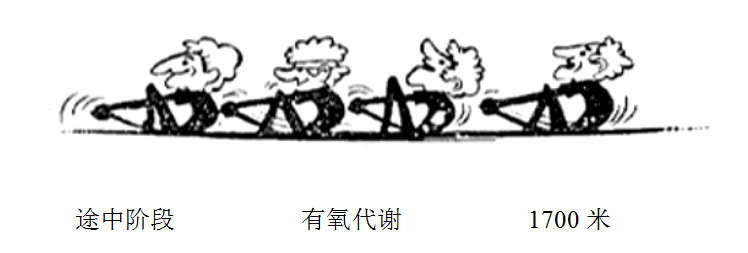
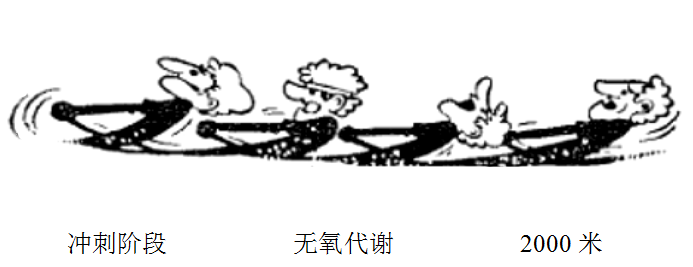

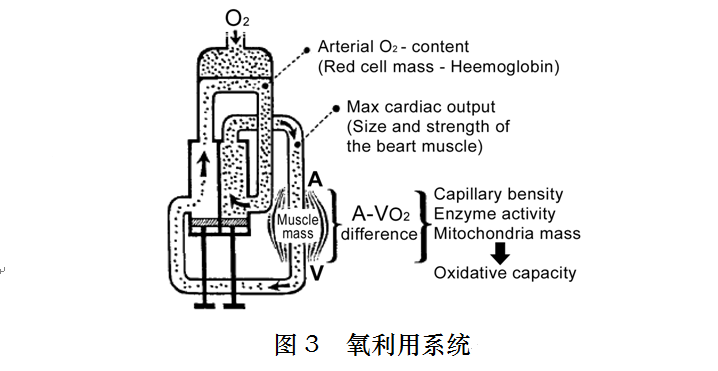

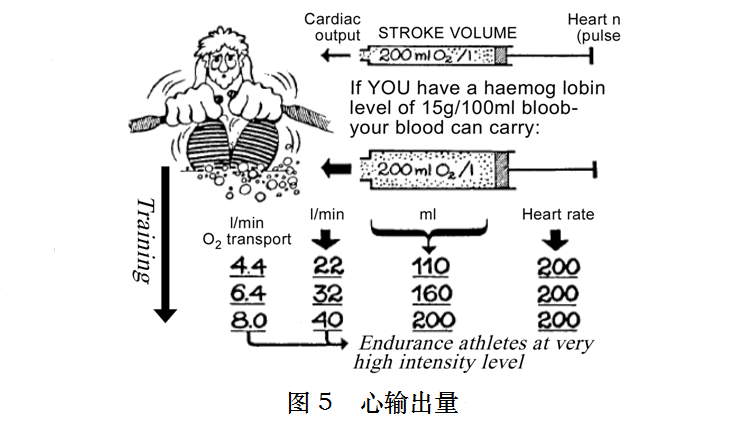
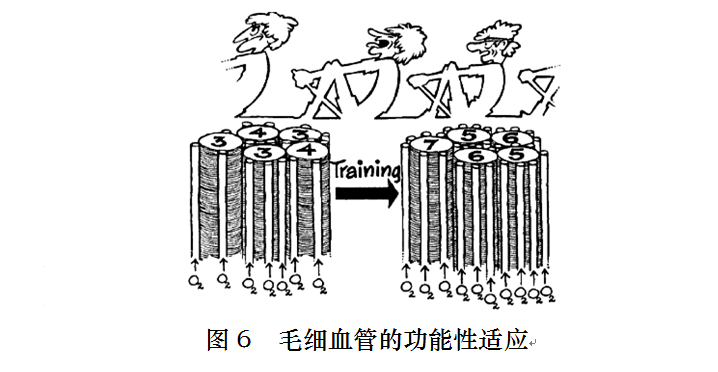

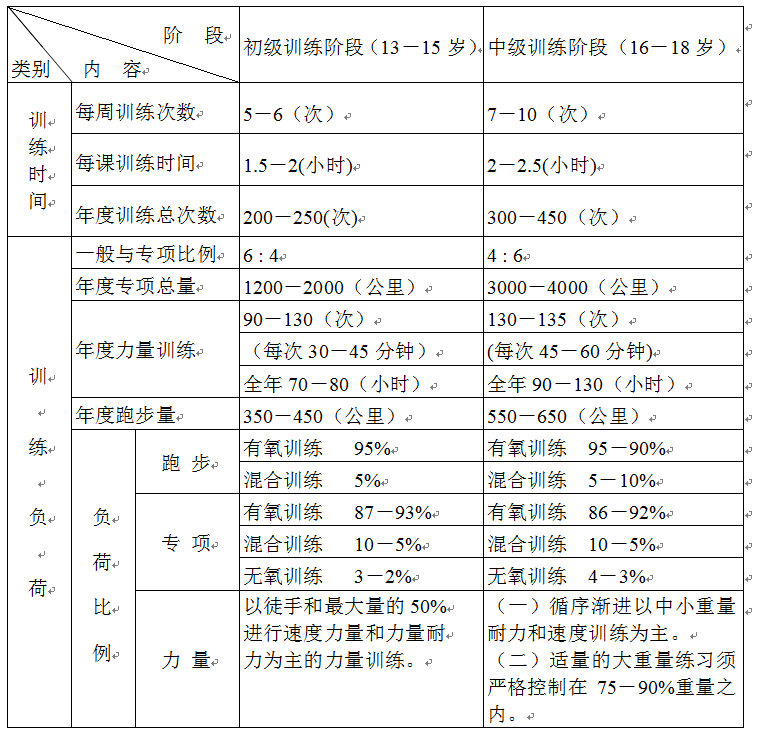



Official Accounts
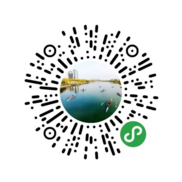
Small program

Micro letter
company name:Zhengzhou fenghe sports culture co. LTD
contact:Jenny
tel:13526596839
address:
Zhengzhou zhengdong new district learned road shangxian street intersection east 200 meters longzi lake boat training base